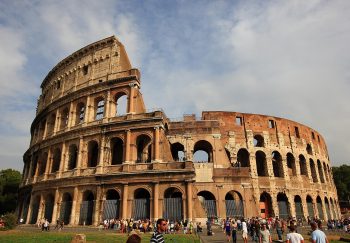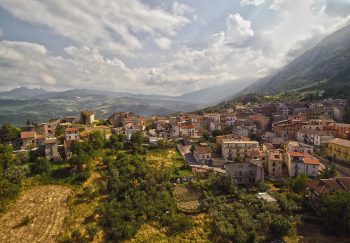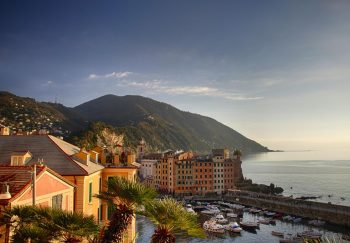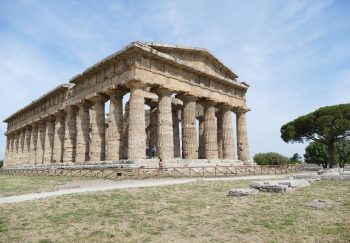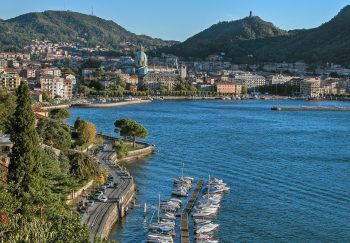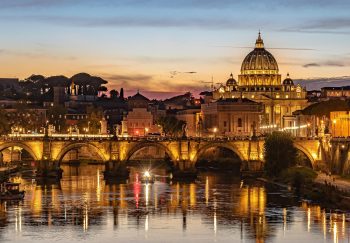The most visited attraction in Italy is Pompeii, an excavated Roman city that was submerged by a volcanic eruption of Mt. Vesuvius during the 1st Century C.E.
Pompeii is a well-known site. It is a vast archaeological site that was once a thriving Roman city. Tourists flock to Pompeii on day trips from nearby or the Amalfi Coast or even Rome. I recommend that you visit Pompeii at least once in your lifetime. It is a place you should see with a guide to give you an idea of the history and architecture.
Too many tourists head to Pompeii, but then leave the area. They miss out on an even better excavation: Herculaneum.
The 79 C.E. The eruption of Mt. Vesuvius was a volcanic eruption that occurred in several stages. A large amount of ash fell on Pompeii and crushed buildings in the first blast. The pyroclastic surge that thundered down the mountain to bury the nearby city of Herculaneum was not unleashed until a second blast. Due to the various types of matter that fell on the towns, Pompeii’s buildings suffered more damage than Herculaneum’s. Herculaneum, however, was nearly preserved as it was.
This was true even though the cities were eventually discovered again. The ruins of Pompeii are stunning, but the buildings are mostly rubble. Herculaneum has houses that still stand on the sides of old streets. Walking through Herculaneum gives you a better idea of the city’s past 2,000 years ago. You can almost picture these streets being quieter because they are home to residents, and not because they have been gone for two millennia. Herculaneum’s multi-storey buildings were preserved. Archaeologists also found organic materials like wooden beams, and some food items when they dug into the site in 1738.
Herculaneum’s excavation site is smaller than Pompeii’s. The reason is partially due to Ercolano, a modern city built on top of much of the old city. It is impossible to excavate Herculaneum completely without having to expel a large population. Visitors can only see a portion of the former city. It was not as big as Pompeii in 79 C.E. because it was a resort town for the wealthy. Pompeii was on the other side a bustling city with many levels.
View of Herculaneum, Ercolano, and Mt.
The Herculaneum is small enough to be walked around in a relaxed way without getting lost. Pompeii is the opposite. You can easily spend half a day there and not see all of it. To protect fragile structures, important areas of Pompeii are roped off. Visitors can access Herculaneum’s most important areas from a greater number of places without being restricted by ropes. Because many people don’t know that Herculaneum exists, it is often less crowded than Pompeii.
Many of the beautiful frescoes and mosaics from Pompeii as well as Herculaneum were long ago removed from the excavation sites. They are now on display at the Archaeological Museum in Naples. A Pompeii visit can leave you confused and needing some direction, but a Herculaneum visit will give you a better picture of an ancient Roman city.
You don’t have to choose between Pompeii and Herculaneum. Both are connected by the Circumvesuviana train, which connects to Naples. You can visit both with a planned day or guided tour. It is an excellent way to learn about a significant historical event. You can also visit the Archaeological Museum in Naples.
Guided tours to Pompeii and Herculaneum:
Check to see if the tour includes Herculaneum. Not all Pompeii tours do.)
-
Viator tours to Pompeii -
Select Italy Tours of Pompeii


